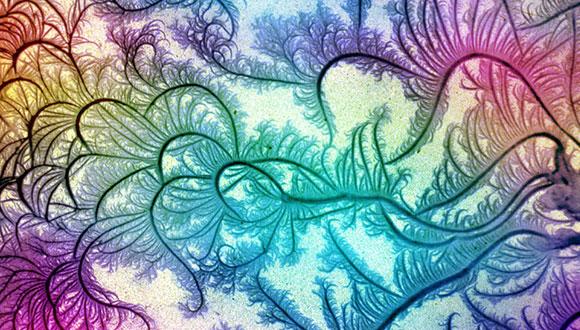Biological & Condensed Matter Seminar
Gur Pavrikant
Intracellular Shape Generation and Transformations: Elasticity Based Models
The ability of intracellular membranes or membrane structures to adopt a large spectrum of various and dynamic shapes is vital for cell physiology. The shaping processes vary from nanometric scale as in virus budding, exo/endo-cytosis, recycling from endosomes and the dynamic pleomorphic membrane nano-structures constructing the Endoplasmic Reticulum (ER), to a micron scale as in stem cell differentiation, cell division and regulation of gene expression.
Shape transformations are formulated within the theory of elasticity as they always involve a mechanical interplay of elastic strains, stresses and the action of cellular forces.
In this talk we consider shape transformations of two biological systems using models coming from the theory of membrane elasticity and hyperelasticity. In the first part we discuss the role of EHD2 ring-oligomer proteins in binding and shaping membranes into elongated tubules. In the second part of the talk we explain lymphocyte (T-cell) activation - a process in which the cell regulates its gene expression by deforming the nuclear envelope.


